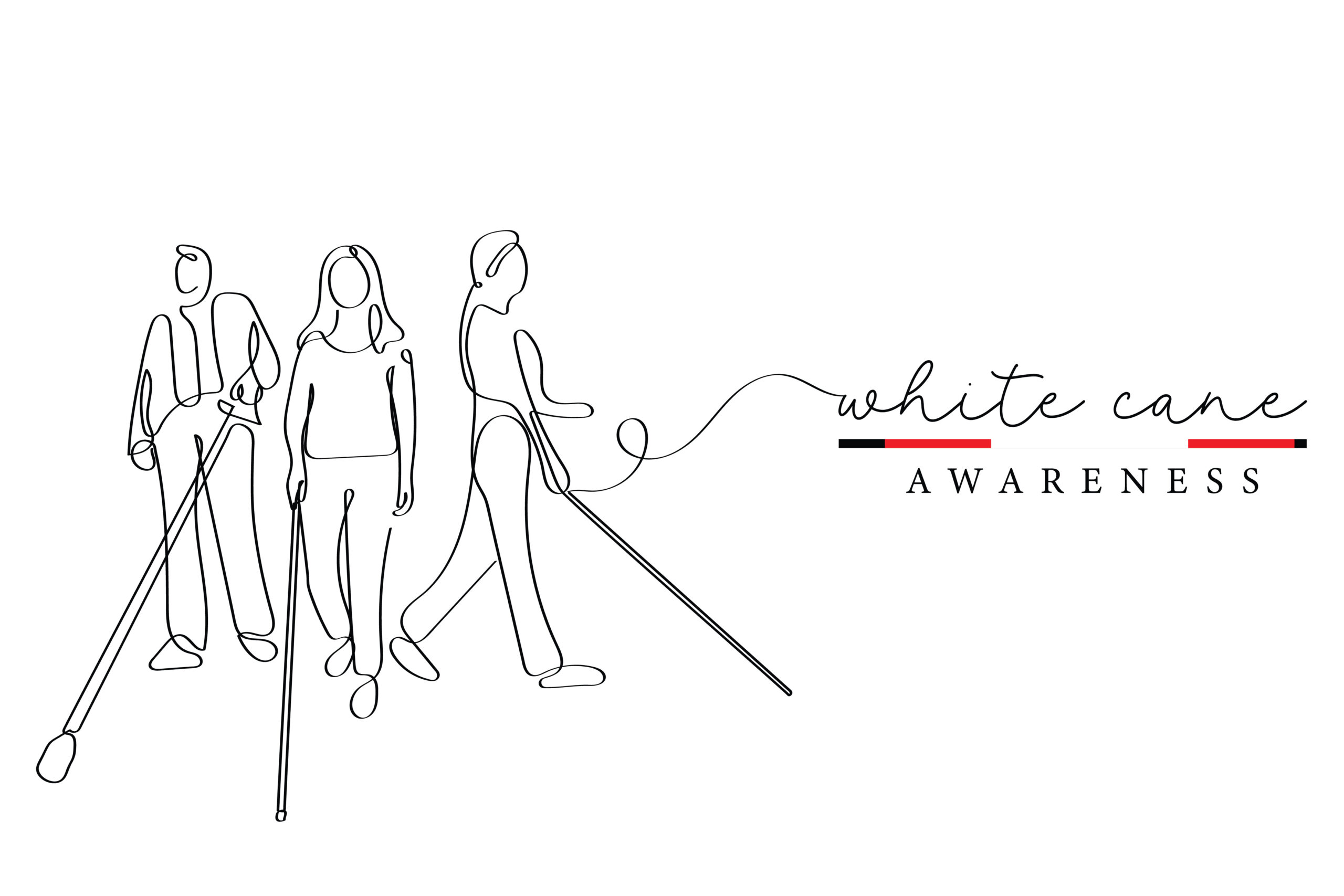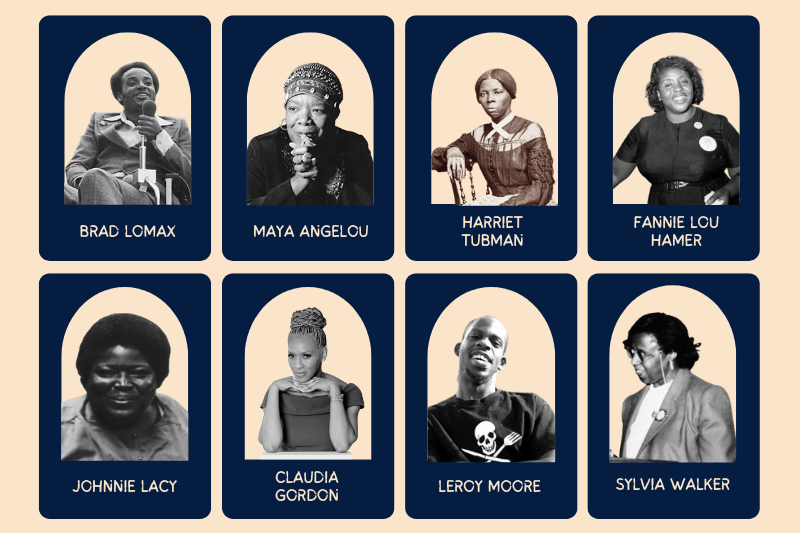Every year on October 15th, the world celebrates White Cane Awareness Day, a day dedicated to raising awareness about the importance of the white cane as a tool for independence and mobility.
Established by the U.S. Congress in 1964, White Cane Day has since grown into an international observance, highlighting the critical role this tool plays in the lives of millions of people worldwide.
At its core, White Cane Day serves to empower individuals who are blind or visually impaired, promoting their right to move through society with confidence and autonomy. The white cane is more than just a tool — it symbolizes freedom, independence, and the ability to navigate the world safely.
The Significance of the White Cane
For those unfamiliar with its use, the white cane may seem like a simple device. However, it is an essential mobility tool for individuals with visual impairments. The white cane helps people detect obstacles in their path, navigate unfamiliar environments, and maintain spatial awareness. It provides users with a heightened sense of independence and self-reliance, allowing them to travel safely in their communities without needing constant assistance.
The white cane also serves as an important signal to others. When people see someone using a white cane, it signifies that the person is visually impaired, which helps others understand how they can best assist or provide space when necessary.
Breaking Down Barriers
While the white cane is a powerful tool for independence, there are still barriers that people with visual impairments face. Physical obstacles, such as poorly designed streets and buildings, inaccessible public transportation, and a lack of audible signals at crosswalks, can all hinder mobility. Furthermore, societal barriers — such as misconceptions, biases, and a lack of awareness — can make navigating public spaces more challenging.
White Cane Day encourages communities to come together to address these barriers. Through advocacy and education, we can foster environments that are more accessible and inclusive for all. Simple steps, such as installing tactile paving, creating accessible signage, and educating the public about disability etiquette, can make a significant difference in the daily lives of individuals who are blind or visually impaired.
How to Recognize White Cane Day
Here are five ways people can support this important day:
- Participate in Awareness Events: Attend or organize community events, such as walks, educational workshops, or virtual meetings, to promote the understanding of white cane usage and safety.
- Spread Awareness on Social Media: Raising awareness online can reach a larger audience and help educate others on the importance of white cane laws and etiquette when encountering someone with a white cane.
- Donate to Related Nonprofits: Support organizations that provide services to individuals who are blind or visually impaired. Look for nonprofits that focus on vision impairment, such as the National Federation of the Blind Nevada.
- Advocate for Accessibility: Advocating for better crosswalk signals, audio guidance in public transportation, and other mobility aids for those with visual impairments can make a big difference.
- Volunteer with Organizations Supporting the Blind: You can assist with mobility training, reading services, or even participating in events to celebrate White Cane Day.



